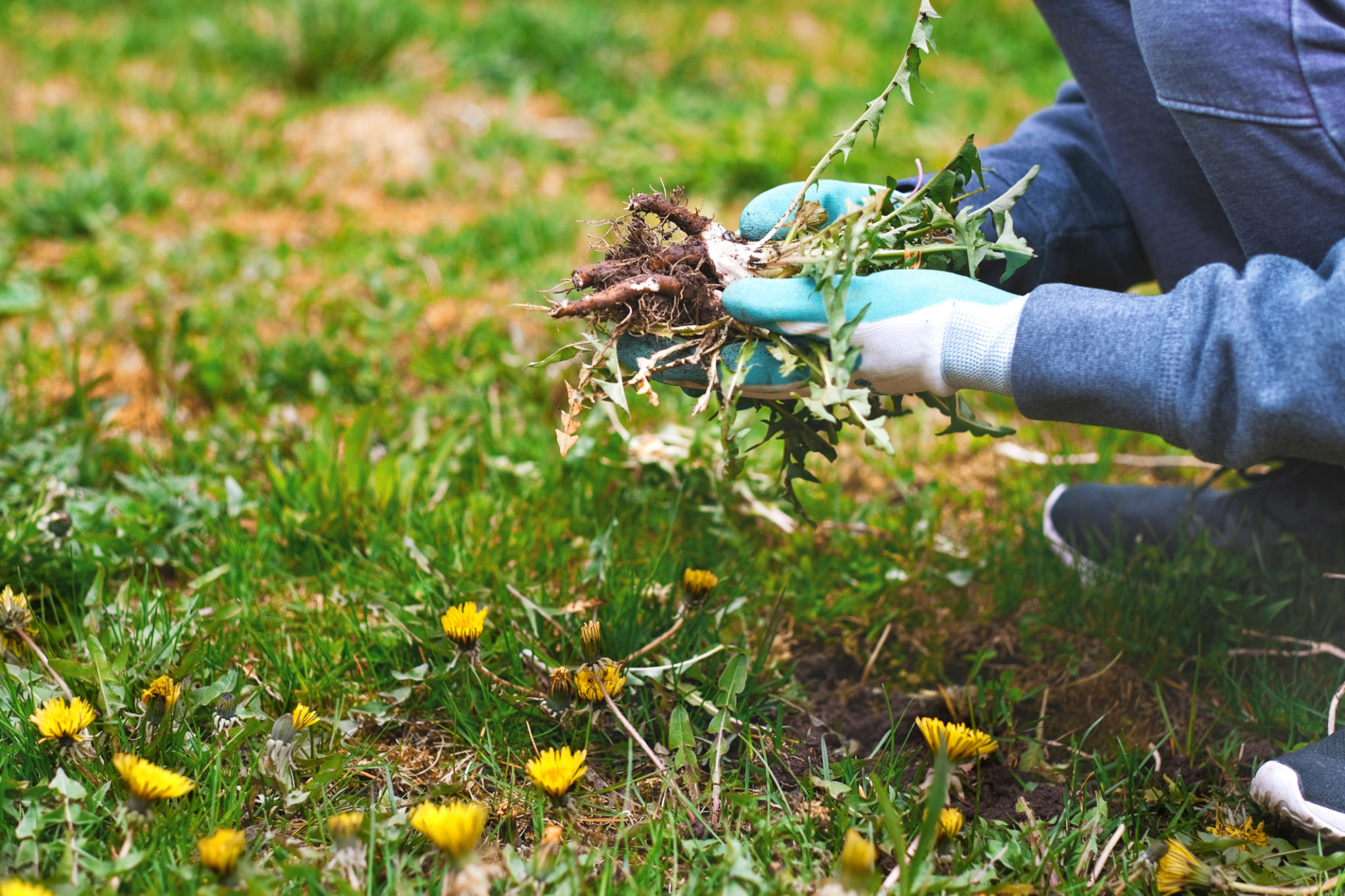Creating a Biodiversity Garden: Essential Steps for Beginners
Understanding Biodiversity Gardens
A biodiversity garden is a space designed to support a wide variety of plant and animal life. By cultivating a range of native plants, you can create a thriving ecosystem that attracts insects, birds, and other wildlife. This not only enhances the beauty of your garden but also contributes to environmental health and stability.

Choosing the Right Plants
One of the key elements in creating a biodiversity garden is selecting the right plants. Opt for native species as they are adapted to the local climate and soil conditions, making them easier to maintain. Additionally, native plants provide essential resources for local wildlife. You can consult with local nurseries or online resources to find out which plants are ideal for your area.
Consider planting a mix of trees, shrubs, and flowers to offer a variety of habitats and food sources. Diversity in plant types will attract different species of wildlife, including pollinators like bees and butterflies.
Creating Layers in Your Garden
To mimic natural ecosystems, aim to create layers in your garden. Start with tall trees as the canopy, followed by smaller trees and shrubs. Groundcover plants should be added to cover the soil, preventing erosion and providing shelter for small creatures. This layered approach not only optimizes space but also enhances the habitat's complexity.

Providing Water Sources
An essential component of a biodiversity garden is a reliable water source. Water attracts birds, amphibians, and insects. Even a small pond or birdbath can make a significant difference. Ensure that water features have shallow edges to accommodate different types of wildlife safely.
Regular maintenance of these water sources is crucial to prevent them from becoming stagnant, which can deter wildlife instead of attracting it.
Maintaining Your Biodiversity Garden
Once your garden is established, maintenance becomes an ongoing task. Regularly check for invasive species that could outcompete your native plants. Pruning and mulching will help maintain plant health and soil quality. Remember that chemical pesticides and fertilizers can harm wildlife; consider natural alternatives for pest management.

Monitoring and Enjoying Wildlife
One of the joys of having a biodiversity garden is observing the wildlife it attracts. Keep a journal or take photos to track which species visit your garden throughout the year. This not only helps you understand the success of your efforts but also provides valuable data on local biodiversity.
Sharing your findings with local conservation groups can contribute to broader environmental initiatives and help raise awareness about the importance of biodiversity gardens.
The Long-Term Benefits
By creating a biodiversity garden, you're making a positive impact on the environment. Such gardens help combat climate change by sequestering carbon dioxide, improve air quality, and support pollinators essential for food production. Moreover, they offer personal benefits such as stress reduction and increased opportunities for outdoor learning and engagement.
Ultimately, every small effort counts towards preserving our planet's rich tapestry of life. By following these steps, you'll not only create a beautiful and vibrant garden but also contribute meaningfully to the environment.
